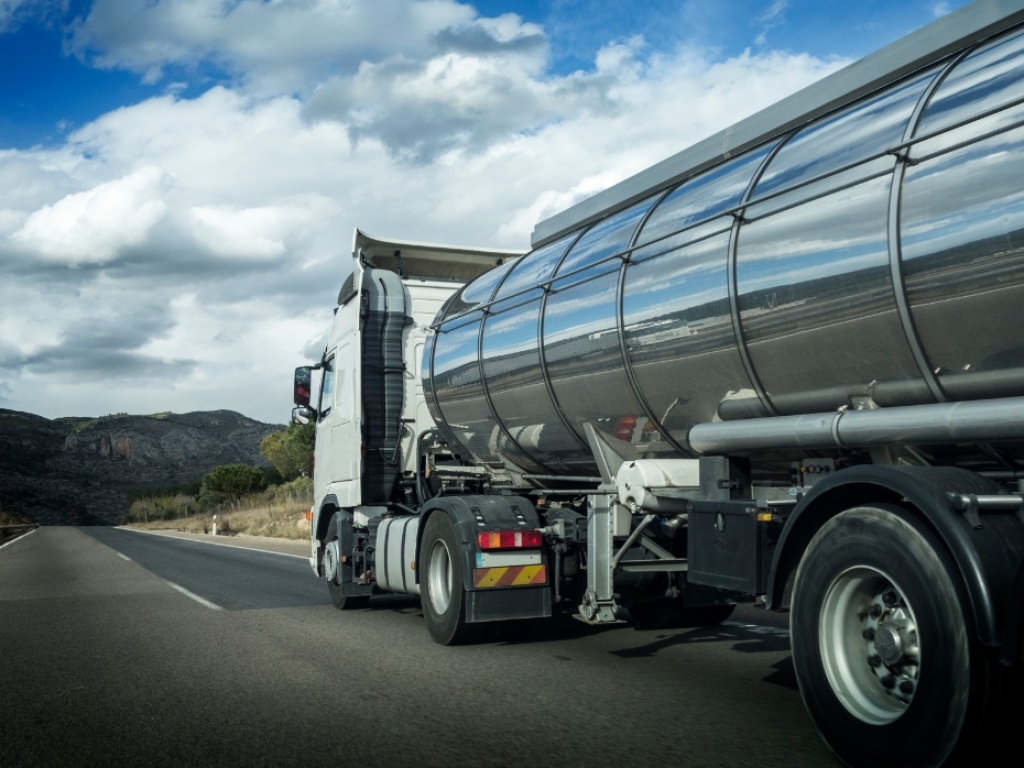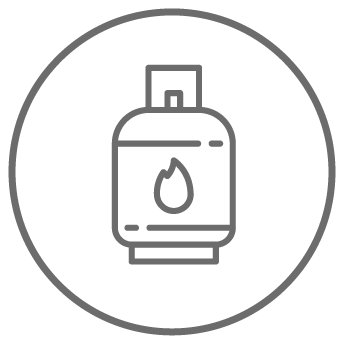Hydrocarbons transport - How does it work?
08 Marzo 2022

The transport of hydrocarbons over long distances is faced with two different solutions: on the one hand, on the road, by rail (tankers) and sea (ships), on the other hand by pipeline according to a system that follows the availability-demand of the market.
The choice of the type and solution of hydrocarbon transport depends on the investment and operating costs, on safety and on technical and strategic terms. In this sense, we think about the reliability of the infrastructure and the political crises in the Middle East, Russia and former Soviet countries, which are among the richest areas of hydrocarbons.
Transport by tanker
Those who rely on tankers for the transport of hydrocarbons can count on a flexible solution with low investment costs, given the presence of adequate roads and railways. On the other hand, operating costs are high, but this is a solution whose flexibility also depends on the free choice of markets from which to source hydrocarbons. To add on top the freedom of the location of the product reception and storage terminals, which represent important elements in the choice of the tanker for the long distance transport of liquid products.
The important thing is to have dedicated infrastructure for wheel and rail transportation.
Transporting hydrocarbons by pipeline - Advantages
Pipeline have certainly less onerous operating costs, but requires a high initial investment and given the static nature of the transport infrastructure, the political stability of the area crossed is relevant. Even if buried or underwater, the pipeline solution is vulnerable.
Especially nowadays the focus in terms of hydrocarbon transport is based on pipeline when the resources are far from the destination markets, as in the case of Arctic and subarctic areas. In this case, long distance transportation becomes part of the exploration strategy of oil companies operating on an international scale based on the technical feasibility and economic competitiveness of the chosen solution.
Safety as key factor for hydrocarbon transportation
Safety of transporting hydrocarbons by pipeline is linked to possible damage and cracks in the pipe wall, which can lead to a loss of contents. However, these risks are avoided by adequate hydraulic testing and by extraordinary and routine inspections.
The most serious consequence of a pipeline rupture or burst concerns the environment since the release of liquid products impacts on flora and fauna and damages human activities involved in pipelines with particularly critical consequences.
Transport by tanker on road or rail is safer, since the only risk of product leakage is given by accidents of the means of transport, easily avoidable with the choice of competent and specialized drivers.
Hydrocarbon transport of Settala Gas
Settala Gas hydrocarbons transport and distribution activity aims to satisfy customers' needs. For this reason, Settala Gas products are distributed using only dedicated trucks and cylinders that comply with RAC regulations. To ensure the quality of our products, we offer a hot purge service for all types of cylinders and tankers and the chemical laboratory issues a certificate of conformity for each delivery.
Contact us to learn more!
Contact us for more information about the world of hydrocarbons!
Contact us
Last News




